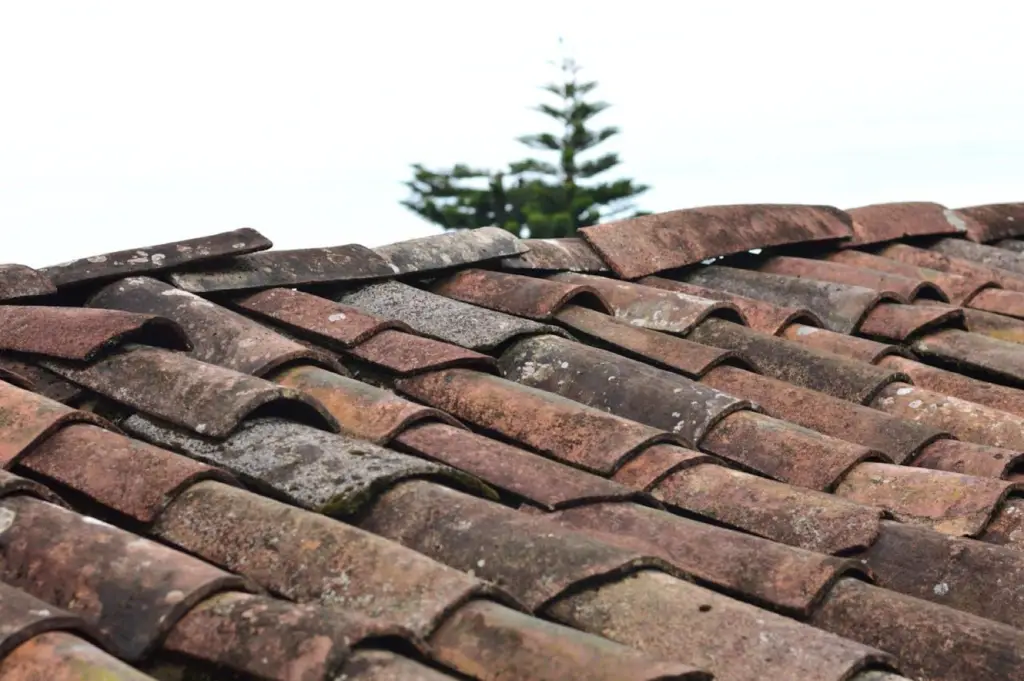
Ever walk past a small crack in the wall and think, “That’s probably nothing,” only to later realize it was the first sign of a much bigger problem? Homeownership comes with an endless list of to-dos, but not all issues are obvious right away. Some warning signs creep in slowly—tiny leaks, strange odors, or barely noticeable shifts in the foundation—until one day, they turn into expensive disasters.
With rising home repair costs and extreme weather events becoming more common, homeowners need to stay ahead of potential risks. In places like Orem, Utah, where summers bring dry heat and winters hit with heavy snowfall, homes face unique challenges. The combination of freezing temperatures, moisture buildup, and shifting soil can lead to hidden damage that worsens over time.
Ignoring small warning signs today can mean major repairs tomorrow. The key to protecting your home? Learning to recognize the early indicators of trouble before they turn into costly problems.
In this blog, we will share the most common red flags homeowners should never ignore and how taking early action can save thousands in repair costs and protect the long-term value of your home.
Water Damage: The Silent Destroyer
Few things pose a greater risk to a home than hidden water damage. Unlike a burst pipe or a flooded basement, slow leaks and moisture buildup are easy to overlook. By the time they become visible, the damage is often extensive—rotting wood, mold growth, and weakened foundations.
One of the best ways to stay ahead of hidden damage is water leak detection. Identifying the source early and addressing it quickly can save homeowners from costly repairs. Since leaks often go unnoticed until they cause major issues, it’s wise to leave this job to the experts. Working with a reliable company that specializes in water leak detection in Orem ensures that even the smallest leaks are caught before they lead to structural damage or mold growth. Advanced detection systems can pinpoint moisture issues behind walls, under flooring, or near appliances, helping to prevent long-term deterioration and expensive remediation.
Other warning signs of hidden water damage include:
- Discoloration on walls or ceilings – Yellow or brown stains may indicate a slow leak.
- Warped flooring or bubbling paint – Water trapped behind surfaces can cause materials to swell.
- Musty odors in certain areas – Mold and mildew thrive in damp spaces, often before they become visible.
Taking proactive steps to monitor for leaks can prevent thousands of dollars in repair costs while protecting the health and stability of your home.


Cracks and Shifting Foundations: When Your Home Moves
A solid foundation is what keeps a home standing strong, but it isn’t immune to shifting soil, moisture fluctuations, and natural wear over time. Many homeowners brush off small cracks in their walls or uneven flooring, assuming it’s just part of the aging process. In reality, these could be early signs of foundation trouble.
Subtle changes in your home’s structure shouldn’t be ignored. Signs of foundation movement include:
- Cracks in walls, ceilings, or near doors and windows
- Gaps forming between walls and floors
- Doors and windows sticking or refusing to close properly
In regions like Orem, where temperature shifts between seasons can cause the soil to expand and contract, homes are more vulnerable to foundation movement. Regular inspections, proper drainage, and addressing small cracks early can prevent costly foundation repairs down the road.
Your Roof Might Be Failing—Even If You Can’t See It
Most people don’t think about their roof until water starts dripping through the ceiling. But by the time that happens, the damage has already spread. Roof wear happens gradually, and in climates with heavy snowfall and strong summer sun, shingles and underlayment can break down faster than expected.
Even if your roof looks fine from the ground, problems may be lurking beneath the surface. Common warning signs include:
- Missing or curling shingles – A sign of weather damage and aging materials.
- Dark streaks or moss growth – Indicates trapped moisture, which can lead to rot.
- Sagging or soft spots – May point to underlying structural issues.
A roof in good condition protects your home from moisture damage, insulation loss, and even pest infestations. Regular inspections and timely repairs extend its lifespan and prevent sudden, costly replacements.


Electrical Issues: When Flickering Lights Are More Than Just Annoying
Flickering lights and outlets that stop working randomly may seem like minor inconveniences, but electrical problems can be serious hazards. Faulty wiring is one of the leading causes of house fires, yet many homeowners ignore the warning signs.
Some key red flags include:
- Frequent circuit breaker trips – Overloaded wiring struggling to keep up.
- Burning smells from outlets – A sign of overheating or faulty wiring.
- Sparking or buzzing sounds – Indicates a loose or damaged connection.
Older homes are especially prone to outdated wiring that isn’t designed to handle today’s electrical demands. If you notice persistent electrical issues, it’s best to have a professional inspect your system before a small issue turns into a major safety risk.
Pest Infestations: More Than Just a Nuisance
A single ant in the kitchen or a mouse in the garage might not seem like a big deal, but pests are often a sign of bigger problems. Termites can quietly eat away at wooden structures, rodents can chew through wiring, and insects can bring moisture into hidden areas, leading to further damage.
If you notice:
- Hollow-sounding wood or tiny holes in walls – Possible termite activity.
- Strange scratching sounds at night – Likely rodents in the walls or attic.
- Droppings or nests in dark corners – A sure sign of infestation.
Taking early action with proper sealing, pest control, and home maintenance can keep these uninvited guests from causing serious structural damage.
A Home That Stays Safe and Strong
No home is immune to wear and tear, but knowing the warning signs can help homeowners act before small problems turn into costly disasters.
By staying ahead of water damage, foundation issues, roof deterioration, electrical risks, and pest infestations, homeowners can protect their investment and avoid unexpected repair bills.
A home isn’t just a building—it’s a place of security, comfort, and lasting value. Recognizing the warning signs today ensures that it stays strong and safe for years to come.
- 0shares
- Facebook0
- Pinterest0
- Twitter0


